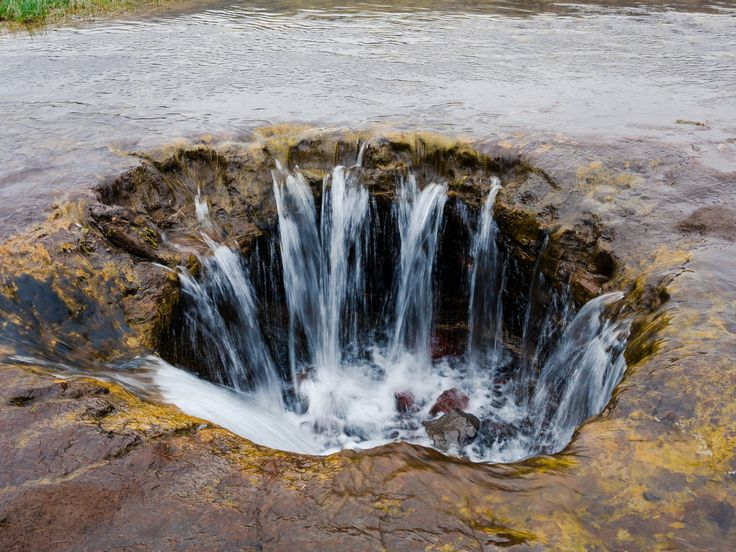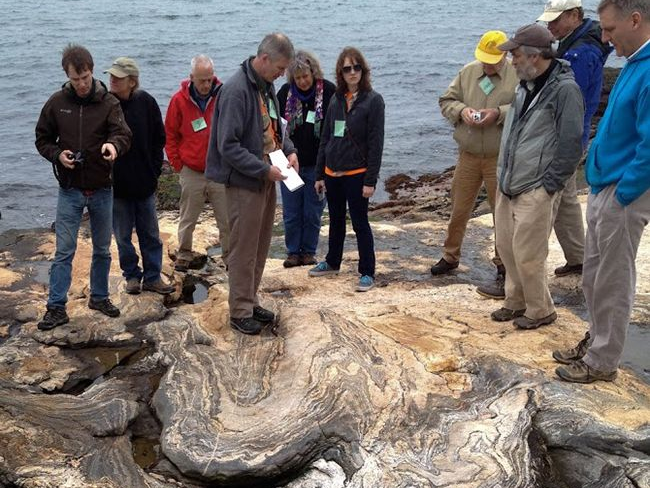A lake hole every year…
Lost Lake, located in Oregon’s Willamette National Forest near Santiam Pass, exhibits a fascinating natural phenomenon: it drains itself every year through lava tubes, effectively vanishing during the summer months.

🌊 The Disappearing Act
Each winter, Lost Lake fills with rain and snowmelt, reaching its full capacity. However, as spring arrives, the water begins to drain through two lava tubes at the lake’s bottom, much like a bathtub with the plug removed. By summer, the lakebed transforms into a meadow, only to refill again in the following winter
“Ready to be shocked? Start scrolling 👇”
🌋 Geological Origins

The lava tubes responsible for this drainage were formed by ancient volcanic activity in the Cascade Range. When lava flows cooled, they left behind hollow tunnels. Over time, these tubes collapsed or opened at the surface, creating conduits through which the lake’s water disappears. It’s believed that the water eventually seeps into the porous volcanic rock and contributes to the groundwater system
🌋 Geological Background
The region encompassing Lost Lake is part of the Sand Mountain Volcanic Field, characterized by extensive volcanic activity. Lava tubes, formed when the surface of a lava flow cools and solidifies while the molten interior continues to flow, are prevalent here. Over time, these tubes can collapse or open to the surface, creating conduits through which surface water can drain. At Lost Lake, such lava tubes act as natural drains, allowing water to seep into the porous volcanic rock below Live Science.
“Enjoyed these facts? We’ve got even more! 👉 Tap Here
🕳️ The Drainage Process

During the winter, precipitation and snowmelt fill Lost Lake. However, as spring arrives and inflow decreases, water begins to drain through the lava tubes at the lake’s bottom. By summer, the lakebed is typically dry, revealing a meadow. This cycle repeats annually, with the lake refilling in the subsequent winter
“Which fact surprised you the most? Share with friends or drop a comment below!”
For a visual representation, you might find this video insightful: https://youtu.be/dTunZvjzo6M
